 Growing-sites
of orchids in Finland and northern Europe Growing-sites
of orchids in Finland and northern Europe
These photos are all taken by Matti Niissalo.
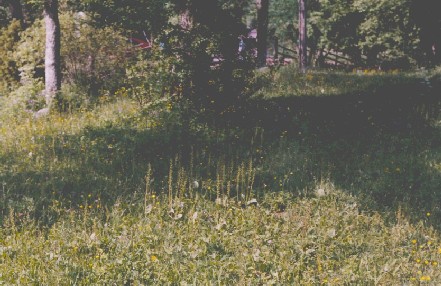 |
This is a typical "grovey meadow" (I apologize, I have no idea of the
correct word, please inform me!) in Ahvenanmaa, the biggest island in Finland.
The ground is covered with Listera ovata´s and there is also
Orchis mascula and Cypripedium calceolus nearby. These places,
made by man and sheeps and cows cannot survive without care. This is photographed
in Ramsholmen´s nature reservation in Jomala. Pastures are very important
for many orchids in Finland, and for example Gymnadenia conopsea should
perhaps ber started to be grown from seed, if we want to protect it well.
It is even more important to keep up traditional ways of agriculture. |
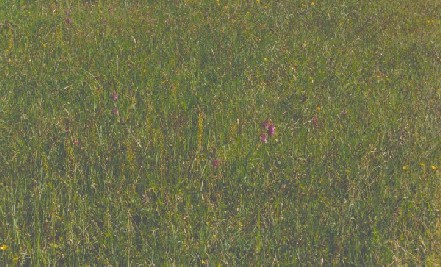 |
This is one the few real orchid-meadows in Finland. The earth is fylled
with Listera ovata, few different Platantheras and many species
of Dactylorhiza, propably including hybrids. There also grows Neottia
nidus-avis right next to this meadow. This place will nead protection
and care, otherwice there will be no doupt that this place will soon be
under trees. I have also seen many deers in this place, and it could be
possible that they would help this pasture to survive longer. Photographed
in Ahvenanmaa, mid-Eckerö. |
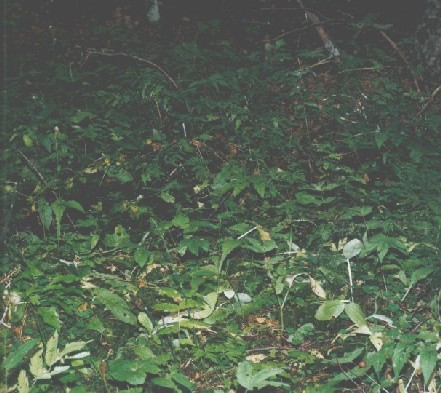 |
In a Finnish continent, woods with underground springs are important
for many species of orchids. In this particular place, one of my fawourite
orchid-sites, there grows Listera ovata, L. cordata, Neottia nidus-avis,
Dactylorhiza maculata and possibly also Epipogium aphyllum.
Corallorhiza trifida is also typical species in damp woods. These woods
will do best without any great changes in theyre enviroments. That´s
why they should always be protected. |
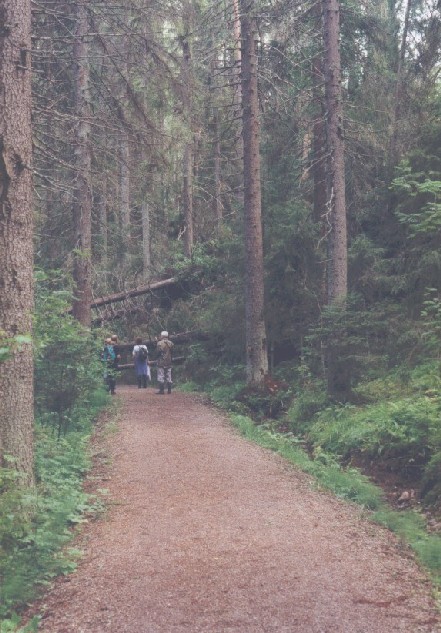 |
Handsome Picea-woods in Espoo city. This is the most common
type of woods in Finland, and they have many orchids: Goodyera repens,
Coeloglossum viride, Dactylorhiza maculata, Corallorhiza trifida, Listera
cordata, Platanthera bifolia and in northern Finland also Calypso
bulbosa and Cypripedium calceolus. Most of these species are
(at least in Finland) restricted to these woods, and protecting old forests
helps many orchids. |
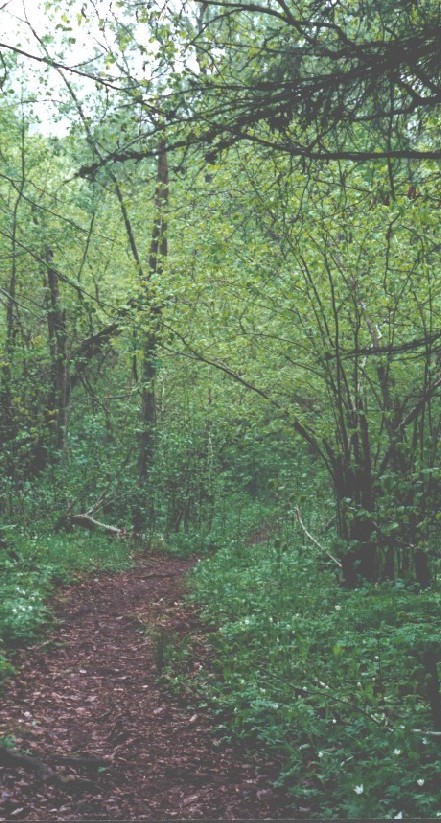 |
In Lohja there are groves with nut-trees, which are rare elsewhere
in Finland. From this particular wood in the famous nature reservation
of Karkali one could find Platanthera bifolia, Epipactis helleborine,
Neottia nidus-avis, Listera ovata and with great luck also
Cephalanthera rubra. These woods are protected in Finland, but in
many places they are threatened to get under Piceas, which grow
fast and shade the woods too much. By cutting these trees we could help
many plants of these woods, including orchids . |
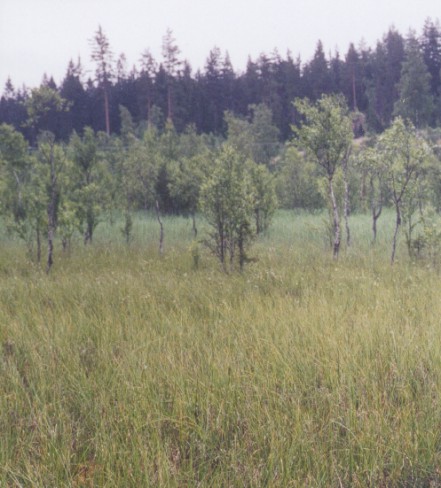 |
This photo shows a beautyful, small bog from southern Finland which
is almost totally in natural state. There grows Hammarbya paludosa
(which was not found in here for almost 30 years until it was re-discovered.
Now it flowers every year with several inflorescenses) and Corallorhiza
rtrifida in this acid marsh. |
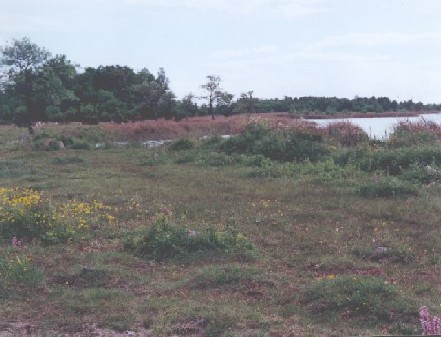 |
This photo has been taken from Swedish island Öland, from Knisa
Mosse. This particular place has Orchis militaris, Gymnadenia conopsea,
Dactylorhiza incarnata, Dactylorhiza sphagnicola, Orchis mascula, (Herminiun
monorchis?) and Ophrys insectifera. This photo shows us a kind
of bog, althought it is much different from Finnish bogs. The front of
this photo is a typical alvar (limey, dry meadow). Alvars has many orchid-species
and they are the best places in northern Europe to search orchids from.
In Finland, there are only few really small alvars. |
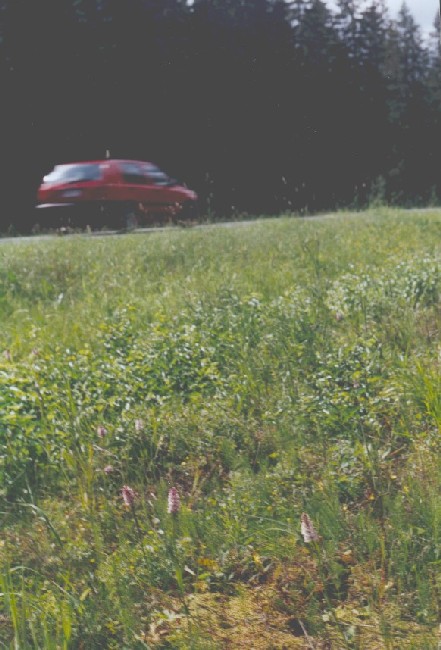 |
Our last photo tryes to tell that not all orchids are becoming rare.
Dactylorhiza maculata has found ne way for its spreading - this
species is now often seen on the wet road-sides. Sometimes there might
be thousands of Dactylorhizas in good places. Few other orchids
might also be found along roads, suchs as Epipactis palustris and
Malaxis monophyllos, but those are rare occasions. Platanthera
bifolia can be found from dry places along roads. Also few huge raritues
are found there, like Epipactis atrorubens and Orchis militaris. |
|

 Growing-sites
of orchids in Finland and northern Europe
Growing-sites
of orchids in Finland and northern Europe






